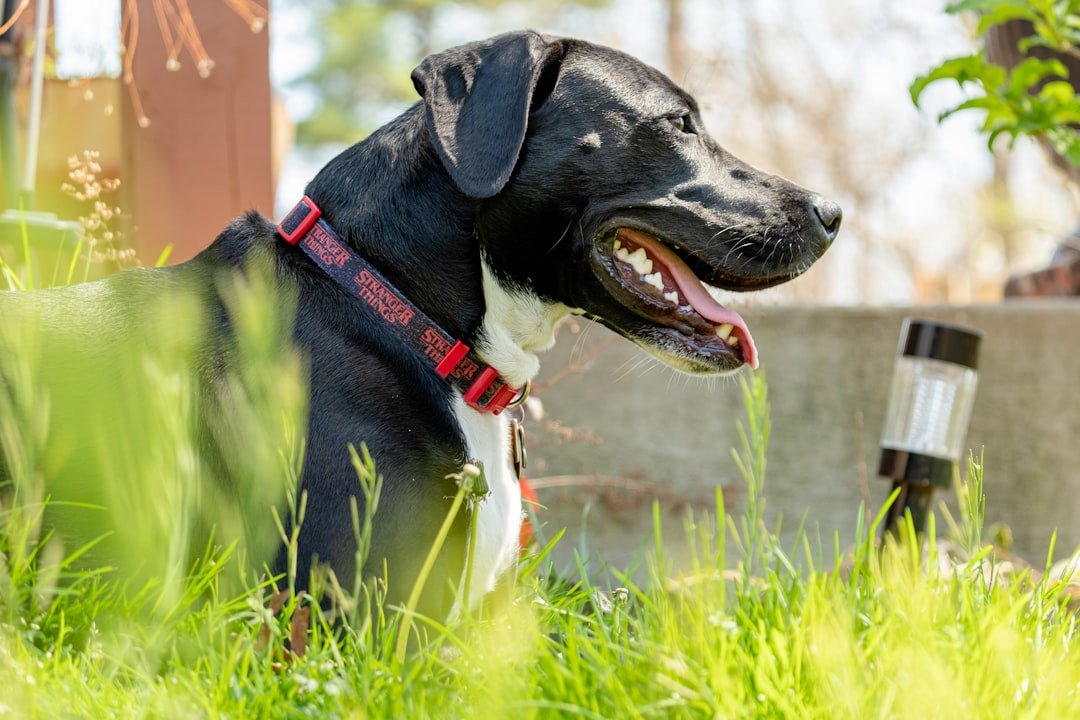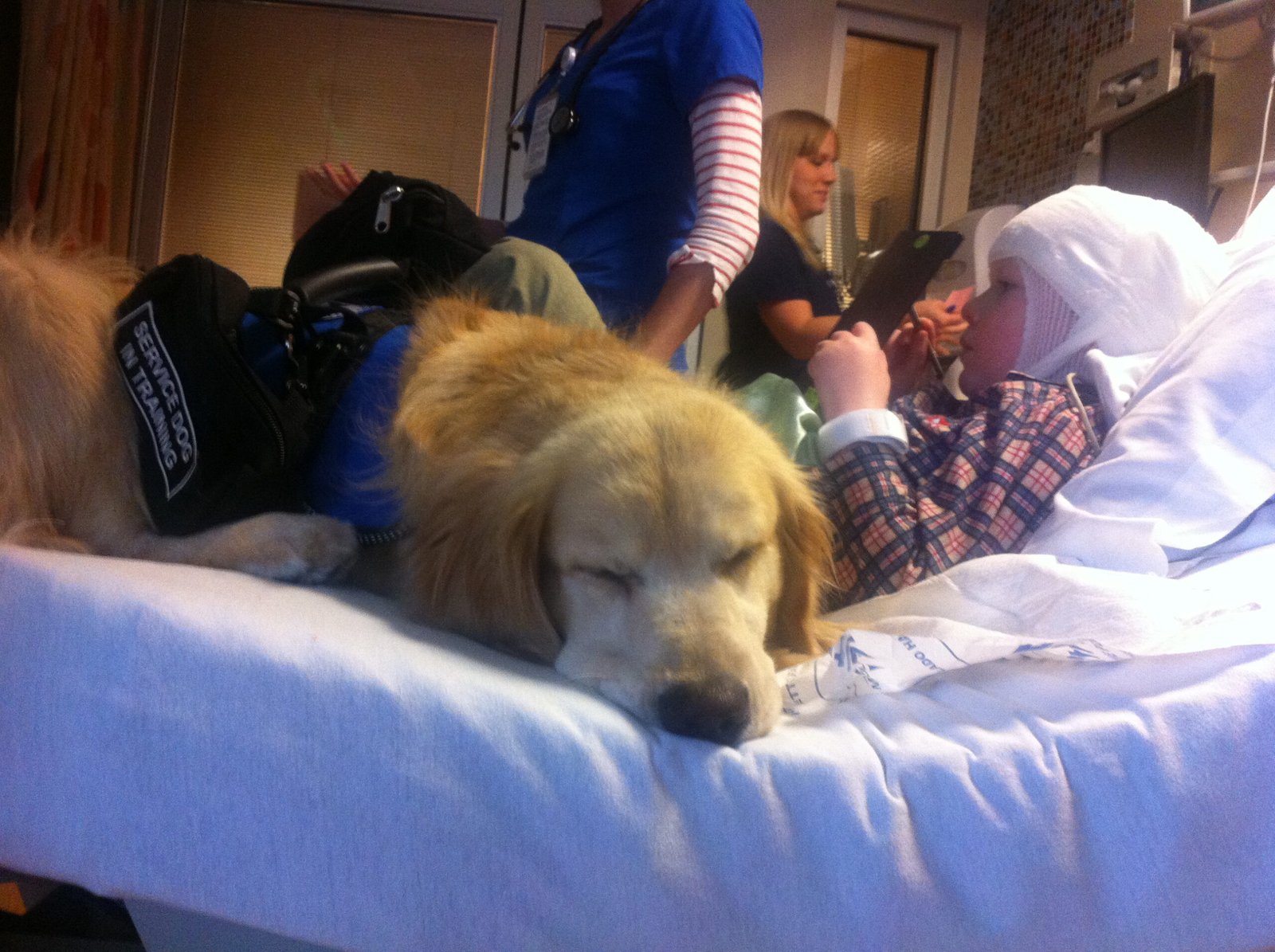Summer walks might seem harmless, but for our beloved furry companions, they can quickly turn deadly. Every year, countless dogs suffer from heatstroke, a condition that can kill within hours if left untreated. Unlike humans, dogs can’t sweat through their skin to cool down – they rely primarily on panting, which isn’t always enough when temperatures soar. What’s even more terrifying? Many dogs experiencing exercise-induced heatstroke become seriously ill after nothing more than a simple walk on a hot day. This isn’t about extreme activities or neglect – it’s about everyday situations that can spiral out of control faster than you might imagine.
Excessive Panting and Rapid Breathing

Heavy panting and rapid breathing are among the earliest warning signs of heatstroke in dogs, often appearing even when they’re resting. While panting is normal for dogs, heatstroke panting looks dramatically different from their usual cooling behavior.
Dogs cool down by panting, so the more they pant, the hotter they are. Watch for frantic, shallow breaths that seem almost desperate in nature. Breathing that becomes noisy or faster than normal, especially in flat-faced breeds, signals overheating. This isn’t the gentle panting after a game of fetch – it’s the body’s desperate attempt to survive rising internal temperatures.
Changes in Gum and Tongue Color

Bright red gums and tongue are early indicators of heatstroke, but this warning sign can evolve into something much more dangerous. As exposure to heat continues, pale mucous membranes with white or blue gums develop, signaling shock and poor circulation.
Red gums and tongue, when coupled with panting and heavy breathing, indicate overheating. Think of your dog’s gums as a window into their circulation – healthy pink means everything’s working, bright red screams distress, and pale or blue means their body is shutting down. Gums may look unusually red or pale due to poor circulation.
Excessive Drooling and Sticky Saliva

If your dog is drooling more often than usual, and the saliva is thicker and stickier, this could signal heatstroke. Normal dog drool flows freely, but heatstroke transforms it into something that looks almost like thick syrup hanging from their mouth.
A sticky or thick form of drool is common when dogs are overheating. Excessive drooling appears alongside other early warning signs. This happens because dehydration concentrates their saliva, making it viscous and difficult to swallow – a clear sign their body’s cooling system is failing catastrophically.
Weakness, Lethargy, and Collapse

Heat exhaustion is characterized by fatigue and weakness, while more severe cases involve significant weakness and heavy panting, with dogs becoming too weak or tired to react and potentially collapsing. This isn’t ordinary tiredness from exercise – it’s the body systematically shutting down to preserve vital functions.
Dogs may seem tired, unable to stand, or reluctant to move. Weakness and lethargy manifest as increased sleeping, trouble standing or walking, or generally sluggish movements. Watch for dogs who suddenly lose interest in their surroundings or struggle to keep up during activities they normally enjoy. In severe cases, dogs may collapse and become comatose.
Vomiting and Diarrhea

Heat exhaustion may include vomiting and diarrhea, while softer than normal stool indicates heat exhaustion, but bloody diarrhea signals more severe heatstroke. The digestive system becomes one of the first casualties when the body overheats, diverting blood flow away from the stomach and intestines.
These symptoms may include blood in severe cases. What starts as mild digestive upset can quickly escalate to bloody discharge as the body’s organs begin failing. Vomiting and diarrhea are key signs that accompany other heatstroke symptoms. This isn’t a simple stomach bug – it’s a warning that internal organs are struggling to function properly under extreme heat stress.
Disorientation and Mental Changes

As a dog’s temperature increases above 105°F, central nervous system symptoms such as disorientation and seizures occur. Stumbling, confusion, or collapse can signal that the dog’s brain is being affected by heat. The brain is incredibly sensitive to temperature changes, and even slight overheating can cause serious neurological problems.
Affected dogs become hyperactive and may have difficulty maintaining balance. Dogs might seem confused about familiar surroundings, fail to respond to their name, or appear drunk-like in their movements. Disorientation is a key warning sign that can develop rapidly. This mental fog isn’t just uncomfortable – it indicates the brain is literally cooking from the inside out.
Muscle Tremors and Spasms

The first sign of developing heatstroke may be heat cramps, characterized by muscle spasms often related to dehydration and electrolyte imbalance. These heat cramps appear as shivering and shaking despite high temperatures. It might seem contradictory, but dogs can actually shiver when they’re overheating.
Muscle tremors develop as the condition worsens. These aren’t voluntary movements – they’re the result of the nervous system misfiring as electrolyte balances become dangerously disrupted. Think of it like a car engine sputtering before it completely breaks down; these tremors often precede more serious neurological complications.
Seizures and Loss of Consciousness

Heatstroke, especially in dogs with epilepsy, can trigger seizures and loss of consciousness. Severe cases may progress to seizing, unconsciousness, or coma. This represents the final stage before complete system failure – when the brain can no longer cope with the extreme heat.
Seizures or unconsciousness are severe symptoms requiring immediate emergency care. This final stage is marked by seizures, temperatures of 104°F or more, shock, and potential death. At this point, every second counts. Dogs experiencing seizures from heatstroke need immediate veterinary intervention, as brain damage can occur within minutes of these symptoms appearing.
Conclusion

One in seven dogs treated by veterinarians for heatstroke die, but over ninety percent of dogs seen early with mild signs are likely to survive. The difference between life and death often comes down to recognizing these warning signs before it’s too late. Favorable outcomes depend on rapid response and treatment – the sooner you can get your dog to the vet, the better their chances of survival.
Your dog depends on you to be their voice when they can’t tell you they’re in trouble. These symptoms can develop rapidly, sometimes within minutes of heat exposure, so staying vigilant during warm weather isn’t just recommended – it’s essential. Remember, prevention beats treatment every time, but when warning signs appear, every moment matters. Can you imagine how different the outcome might be if every dog owner knew these signs by heart?

Hi, I’m Andrew, and I come from India. Experienced content specialist with a passion for writing. My forte includes health and wellness, Travel, Animals, and Nature. A nature nomad, I am obsessed with mountains and love high-altitude trekking. I have been on several Himalayan treks in India including the Everest Base Camp in Nepal, a profound experience.



